DNA, the fundamental blueprint of life, has long been associated with genetics and biology. However, its unique properties have inspired a range of unconventional applications that extend far beyond traditional science. From art and entertainment to security and technology, DNA’s versatility has led to some truly surprising and creative uses. In this article, we explore 15 of the most bizarre and innovative ways DNA has been harnessed in various fields.
1. DNA Art Portraits
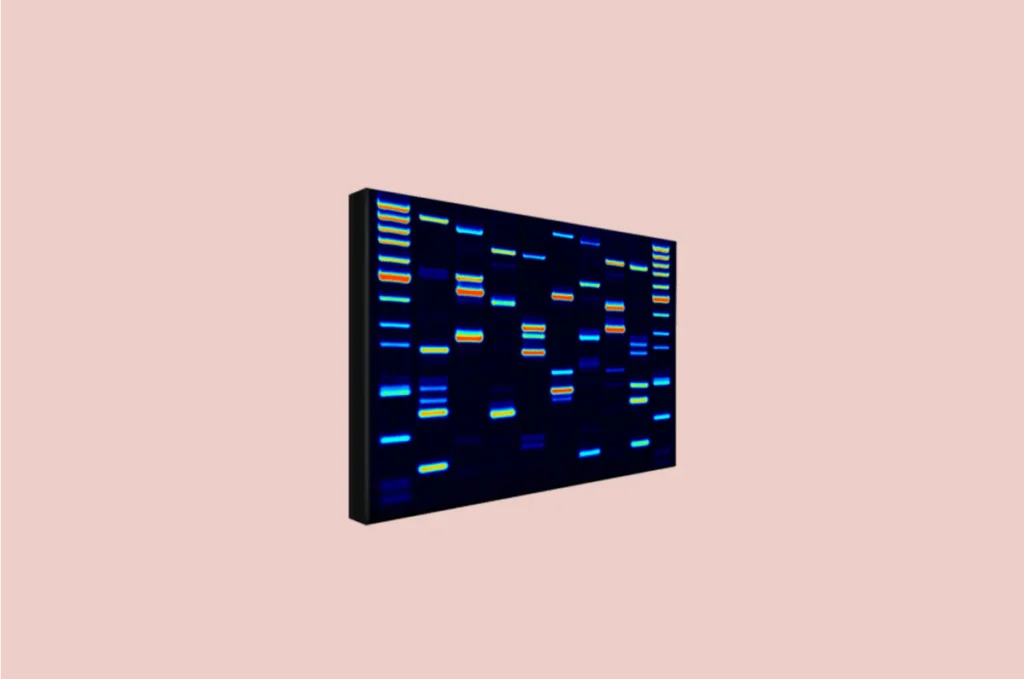 Source: Dynamic DNA Labs
Source: Dynamic DNA Labs
Companies like Genetic Ink and AffinityDNA transform individuals’ genetic material into unique visual representations. By analyzing DNA samples, they create abstract, colorful art pieces that reflect one’s genetic fingerprint. These artworks are available in various sizes and colors, allowing for personalized displays in homes and galleries. For example, Genetic Ink offers DNA art portraits that can be customized to suit individual preferences. (affinity-dna.com)
2. DNA-Based Data Storage
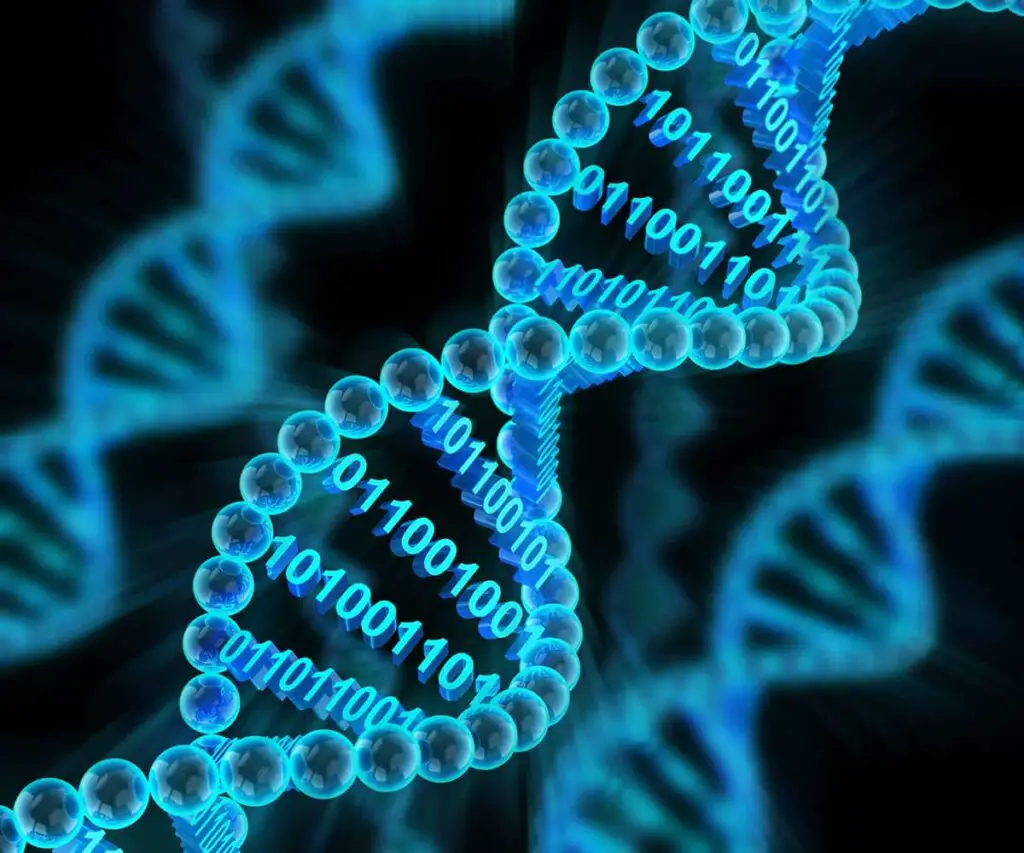
The concept of encoding vast digital data into synthetic DNA strands offers a storage solution thousands of times more efficient than traditional methods. In 2018, researchers from Microsoft and the University of Washington demonstrated this by successfully archiving music videos in DNA. This breakthrough showcases DNA’s potential as a high-density, long-term storage medium, capable of preserving information for millennia. (en.wikipedia.org)
3. DNA-Infused Perfume

Perfumers are now crafting bespoke fragrances by analyzing synthesized segments of a customer’s DNA, aiming to create scents uniquely tailored to each individual’s biological composition. This innovative approach offers a personalized olfactory experience, reflecting one’s genetic makeup. For instance, French entrepreneur Katia Apalategui developed a method to extract and reconstruct a person’s unique scent from their clothing, resulting in a personalized perfume. (theguardian.com)
4. DNA Tagging for Counterfeit Prevention

Manufacturers are increasingly incorporating plant-based or synthetic DNA markers into products, packaging, or inks to verify authenticity and combat counterfeiting across various industries, including luxury goods and wine. For example, Applied DNA Sciences has developed methods to tag and test cotton textiles using DNA technology, providing traceability to the source where the cotton was grown and harvested. This approach helps ensure product integrity and protect against fraud. (forbes.com)
5. DNA Pet Matching Services

DNA pet matching services analyze a dog’s genetic profile to identify compatible pets for adoption, considering factors like breed-specific traits and potential health issues. For example, the “Who’s Your Daddy” program by the Peninsula Humane Society and SPCA uses DNA test results to create unique breed names for mixed-breed dogs, enhancing their appeal to adopters. (cbsnews.com) Similarly, Embark Veterinary offers DNA testing that helps shelters provide more accurate breed information, aiding in better matchmaking between dogs and potential owners. (embarkvet.com)
6. DNA-Inspired Architecture and Design
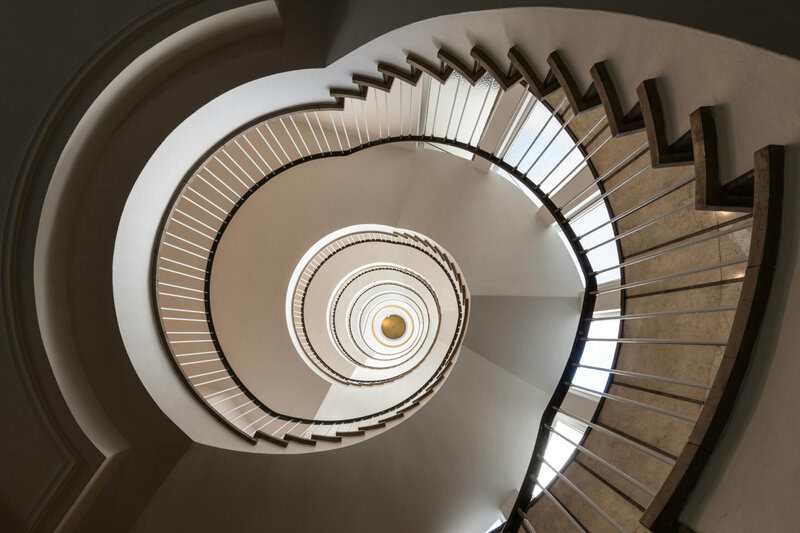
Architects are increasingly drawing inspiration from DNA structures to create innovative building forms and interiors. The Helix Bridge in Singapore, for instance, is designed to resemble the double-helix structure of DNA, symbolizing life, continuity, and growth. (technologystudent.com) Similarly, the Tao Zhu Yin Yuan residential tower in Taipei features a twisting design inspired by the DNA double helix, integrating green technology and passive systems to promote sustainability. (designboom.com) These examples showcase how biological forms can influence architectural aesthetics and functionality.
7. DNA-Based Barcodes for Wildlife Tracking

DNA barcoding involves using short genetic sequences to identify species, aiding in tracking endangered animals and verifying the origins of wildlife products. This technique has been instrumental in combating poaching and illegal trade. For instance, DNA analysis of elephant ivory has enabled investigators to pinpoint poaching hotspots by matching seized ivory to specific elephant populations. Similarly, DNA barcoding has been used to identify illegally traded African pangolin scales, assisting in wildlife forensic cases. (nationalgeographic.com, en.wikipedia.org)
8. Genetically Encoded Music
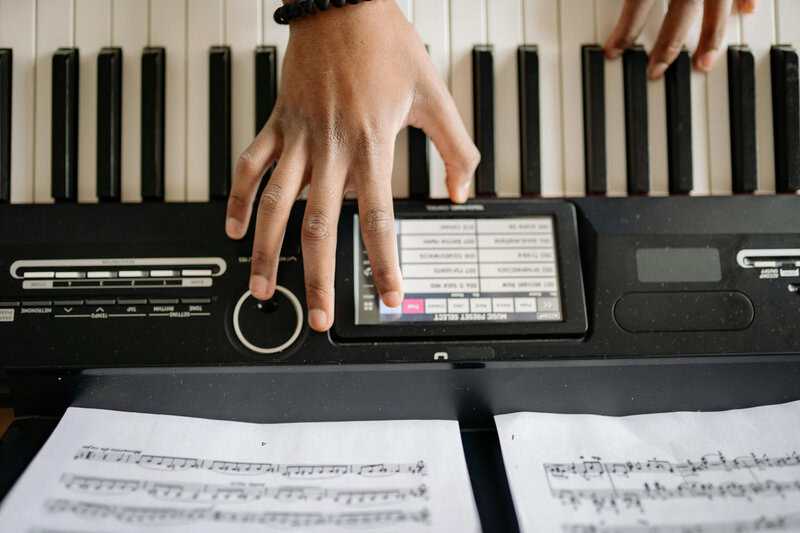
Musicians and researchers have translated DNA sequences into melodic scores by interpreting genetic code as musical notes and rhythms. This innovative approach allows for the exploration of genetic information through sound, offering a unique perspective on the building blocks of life. For example, Daniel White, a composer and researcher, has developed methods to convert DNA sequences into musical compositions, providing an auditory representation of genetic data.
9. DNA-Embedded Jewelry
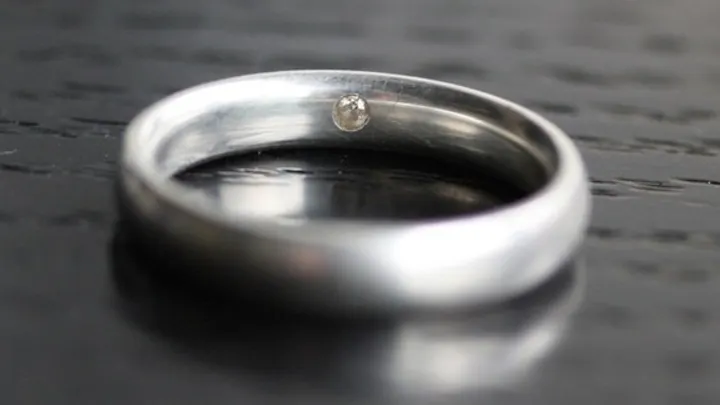
Personal DNA—obtained from hair, saliva, or blood samples—is increasingly being preserved inside pendants, rings, or crystals to create commemorative pieces. This innovative jewelry encapsulates an individual’s unique genetic material, offering a deeply personal keepsake. For instance, companies like SparklyDNA and Dactelle provide services where customers can send a cheek swab sample, which is then processed and encased in a Swarovski crystal pendant. These personalized pieces serve as lasting reminders of loved ones, sometimes even incorporated into engagement rings. (sparklydna.com, dactelle.com)
10. DNA as Invisible Ink
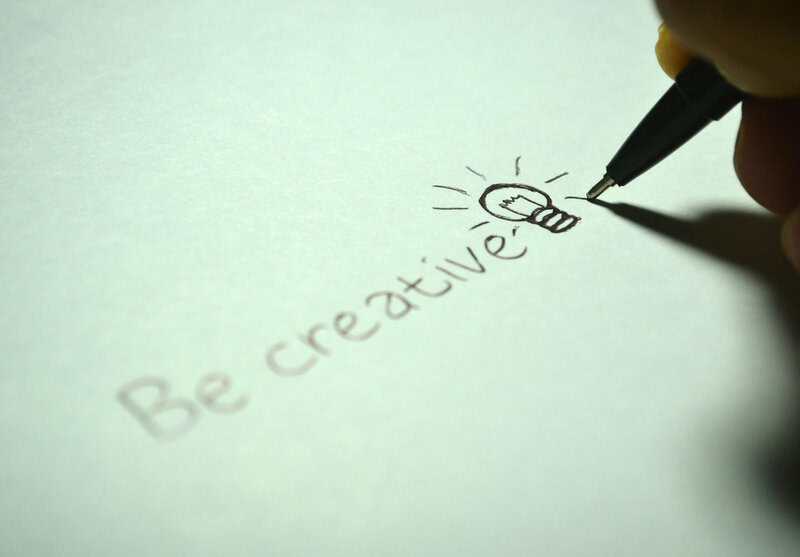
Synthetic DNA has been utilized as invisible ink to encode secret messages, readable only through advanced laboratory techniques. Researchers have developed methods to insert coded information into DNA sequences, which can be extracted and decoded using specific primers and sequencing technologies. This approach offers a high level of security, as the encoded messages are indistinguishable from natural DNA and require specialized knowledge and equipment to decipher. Such techniques have been explored for applications in secure communication and data storage. (the-scientist.com)
11. DNA for Personalized Nutrition Plans

Businesses are increasingly offering personalized nutrition plans by analyzing saliva DNA to identify genetic markers related to metabolism, allergies, and vitamin absorption. For example, Nutrigenomix provides a saliva test that examines 45 genes associated with nutrition and health, enabling dietitians to create customized dietary recommendations. Similarly, GeneHabit offers DNA testing to uncover nutritional deficiencies and food sensitivities, facilitating tailored diet plans. These services aim to optimize health by aligning dietary choices with an individual’s genetic profile. (nutritionassessment.com, genehabit.com)
12. Forensic DNA Phenotyping Sketches

Forensic DNA phenotyping involves analyzing DNA samples from crime scenes to predict an individual’s physical traits, such as eye, skin, and hair color. This process enables the creation of composite sketches of potential suspects, aiding law enforcement in investigations lacking known suspects. Companies like Parabon NanoLabs offer services that generate these predictive images, which have been utilized in various cases to generate leads. (snapshot.parabon-nanolabs.com) However, the accuracy of these predictions can vary, and ethical considerations regarding privacy and the potential for misidentification are ongoing discussions in the forensic community. (aclu.org)
13. DNA-Driven Historical “Recreations”
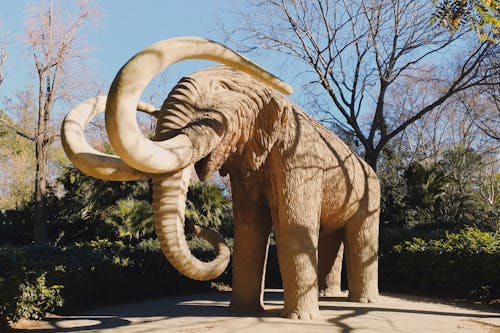
Advancements in DNA analysis have enabled scientists to reconstruct the likely appearance and, in some cases, the voices of ancient humans and extinct animals. For instance, researchers have sequenced the entire genome of the woolly mammoth, providing insights into its physical characteristics and evolutionary history. (time.com) Additionally, scientists have successfully reconstructed the 3D genome of a woolly mammoth using fossil chromosomes, offering further understanding of its biology. (nsf.gov)In the realm of ancient human studies, researchers have utilized DNA analysis to study the remains of individuals like the Tianyuan man, an early modern human from China, to gain insights into the genetic makeup and evolutionary history of ancient populations. (en.wikipedia.org)These DNA-driven reconstructions provide valuable insights into the physical traits and genetic relationships of ancient species and populations, enhancing our understanding of evolutionary biology and the history of life on Earth.
14. Scented DNA Candles

Some companies offer candles formulated using scent molecules related to a customer’s genetic makeup, aiming to tailor aroma experiences. For example, Intentional Blends LLC provides DNA Massage Candles that use coconut oil and soy wax to intensify natural scents, with options like Masculinity, Femininity, or Humanity. (intentionalblends.com) Similarly, Scentable Selections offers a fragrance called DNA, inspired by the concept of an unshakable power rooted deep in one’s essence. (scentableselections.com)
15. DNA-Modified Living Tattoos
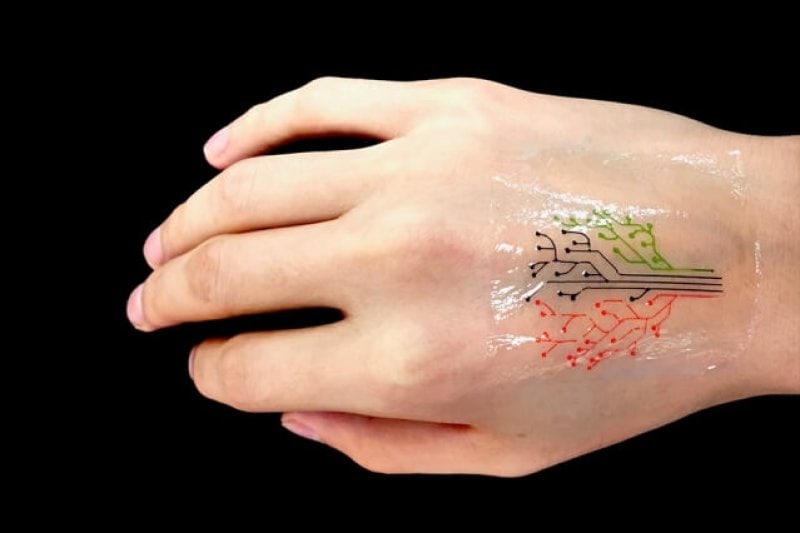
Researchers have developed experimental tattoos using genetically modified bacteria that respond to environmental stimuli, such as chemical changes or temperature fluctuations. These “living tattoos” are created by 3D printing engineered bacteria onto the skin, where they fluoresce or change color in response to specific triggers. This innovative approach holds potential for real-time monitoring of health biomarkers and environmental conditions. (pubmed.ncbi.nlm.nih.gov)
Conclusion
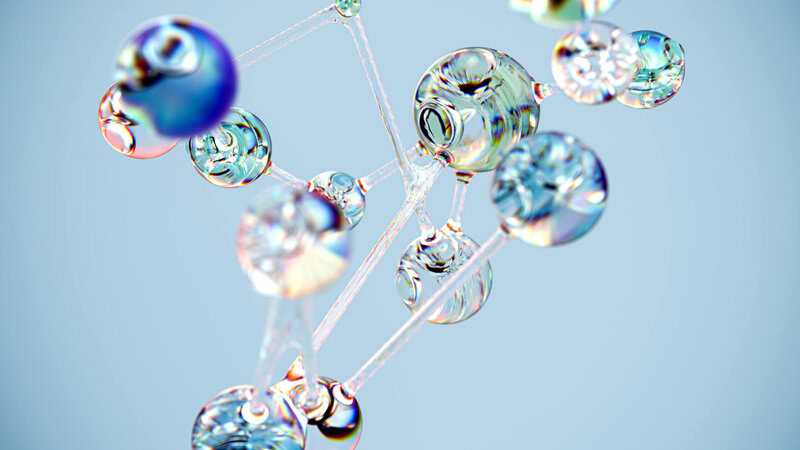
The diverse applications of DNA—from artistic expressions like DNA art portraits to practical uses such as DNA-based data storage—demonstrate its vast potential. However, these innovations also raise significant ethical concerns, including issues of privacy, consent, and the potential for misuse. As we continue to explore and implement DNA technologies, it is crucial to engage in ongoing ethical deliberations and ensure responsible innovation to safeguard individual rights and societal well-being. (genome.gov)
.article-content-img img { width: 100% }

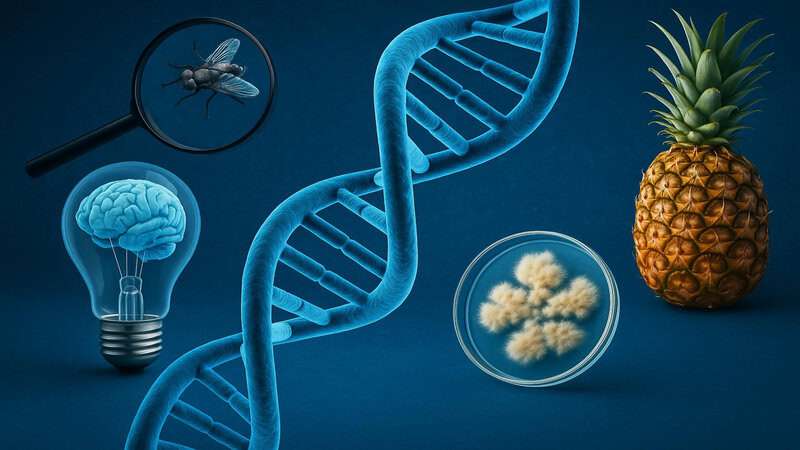
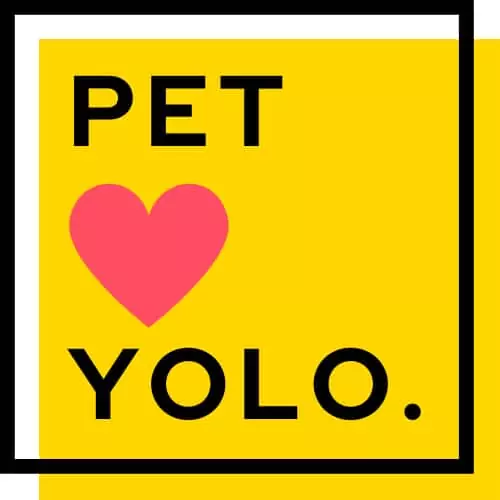
Vielleicht interessiert es Sie:
Wussten Sie! Minensuchratten auf dem Schlachtfeld und sie sind super effektiv!
Wie viele Giraffenarten gibt es? Leben sie alle in Afrika?
Der Vogel ist das Weibchen der Vögel: wahr oder falsch?
Warum bauen Biber Dämme? Welchen Nutzen?
Warum leben manche Tiere nachtaktiv? Welche Vorteile?
Küssen Tiere? Ist das die gleiche Bedeutung wie Menschen?
200+ Hilarious Seahorse Jokes That Will Make You Smile and Giggle
200+ Funny Investment Jokes to Boost Your Financial Humor Game